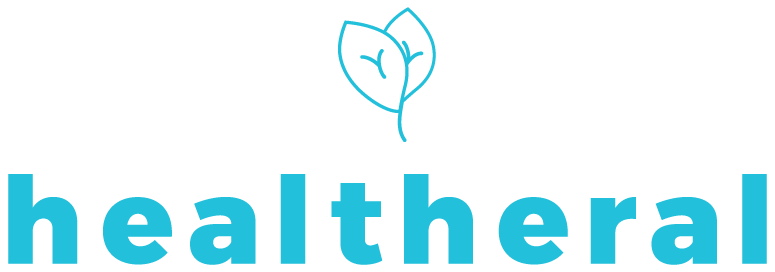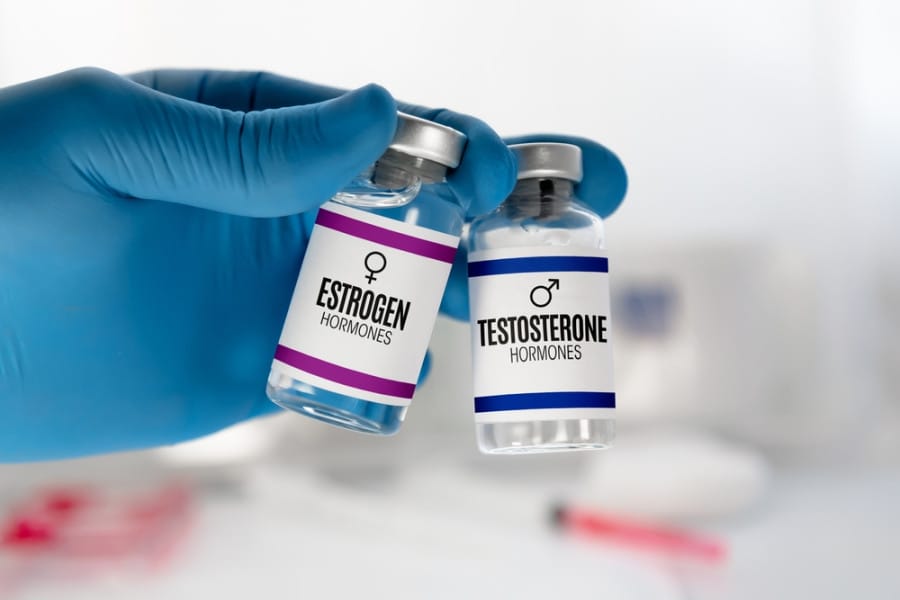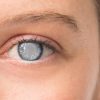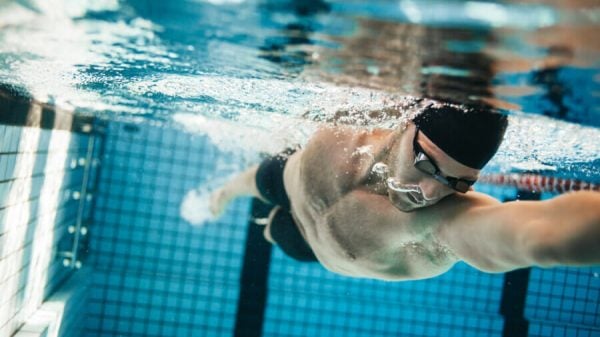Understand the Impact of Gender Hormones on Physical Performance
Published on
Gender hormones, such as estradiol and androgen, have a profound influence on physical prowess and workout capacities. Fluctuations in these hormones during adolescence, menstrual cycles, birth control usage, pregnancy, and aging can impact muscle development and injury frequencies in both recreational fitness enthusiasts and professional sportspeople.
Gaining an understanding of how these hormones shape the body can assist individuals in maximizing their exercise potential. This piece will delve into five ways estradiol and androgen impact physical fitness and athletic prowess.
Estradiol and Skeletal Strength
Estradiol plays a critical role in preserving robust bone mineral density, particularly as individuals age. Following menopause, estradiol levels sharply decrease, leading to rapid bone mass depletion. Women can experience up to a 20% loss in bone density within just 5-7 years post-menopause. This decline in bone mass heightens the susceptibility to stress fractures and osteoporosis, constraining engagement in weight-bearing and high-impact physical activities. Resistance training and short-term estradiol replacement therapy under medical supervision can help uphold skeletal health, empowering women to continue exercising safely in the long term.
Androgen, Lean Tissue Formation, and Lipid Utilization
Androgen facilitates the development of lean muscle mass by heightening muscle protein synthesis. It prompts the body to mend and fortify muscles after rigorous resistance or strength training sessions. Inadequate androgen makes it more challenging to cultivate strength and muscle bulk. Certain athletes and bodybuilders misuse anabolic steroids or androgen supplements to optimize muscle growth, but these supplements pose health hazards and should only be utilized therapeutically under medical oversight. Elevated androgen levels also foster lipid utilization, while estradiol triggers lipid storage, particularly around the hips and thighs.
Estradiol and Vulnerability to Soft Tissue Injuries
In spite of the weight-reducing advantages of estradiol antagonists, estradiol contributes to the resilience and pliancy of ligaments and tendons, lessening the susceptibility to certain injuries. Female athletes, particularly those with sporadic or absent menstrual cycles indicating hormonal imbalances, are up to 8 times more prone to experiencing ACL tears. Optimizing and modulating estradiol levels can decrease the probability of soft tissue and joint injuries. Nonetheless, substantial declines in estradiol during menopause also impede the muscles’ recovery capabilities following workouts, amplifying the likelihood of overuse injuries. Aligning strength training with heightened hormone levels can enhance performance and recuperation.
Androgen, Vitality, and Endurance Levels
Adequate androgen is imperative for sustaining physical vitality and mental acuity during demanding athletic training and competitions. Androgen bolsters the production of erythrocytes, enhancing oxygen circulation and muscular endurance. Reduced androgen levels have been associated with decreased endurance capacity and aerobic potential, as well as elevated fatigue during intense training. Hormonal imbalances leading to low androgen can compromise an athlete’s capacity to sustain power and stamina during competitions. Optimizing androgen under medical supervision may aid in boosting vitality and physical resilience.
Estradiol and Post-Training Recovery
Moderate estradiol levels fortify bones and connective tissues, but excessive declines can impede muscle recuperation post-intense training, especially during menopause. Insufficient estradiol leads to protracted recovery periods following workouts, impeding the ability to benefit from exercise training adaptations. Bolstering hormonal equilibrium as individuals age can assist them in sustaining active exercise participation by augmenting exercise recuperation and decreasing the risk of overload injuries stemming from inadequate muscle reconstruction. This entails monitoring bone mineral density for osteoporosis vulnerability and consulting trained hormonal and gynecological health professionals.
Methodically monitoring variations in estradiol and androgen levels throughout life furnishes valuable insights into optimizing exercise potential and attaining fitness objectives safely. Tailored approaches should evaluate hormone equilibrium via blood tests and contemplate strategic estradiol or androgen support under medical supervision where appropriate.










